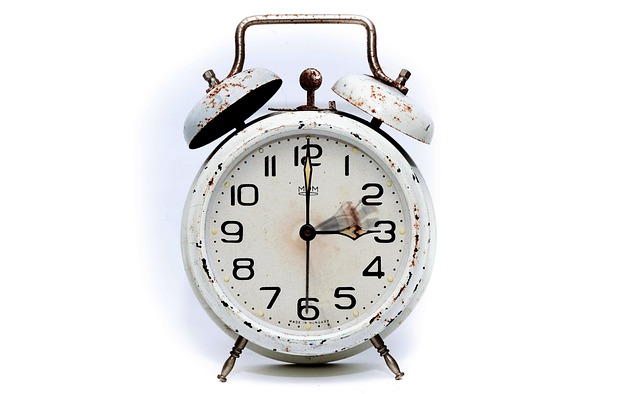Understanding the Heartbeat of Endurance: Why Pulse Measurement Matters
When you’re pushing through the final stretch of a long run or cycling uphill, it’s not just your legs that are working hard—it’s your heart, too. Endurance isn’t just about muscle stamina; it’s deeply tied to how efficiently your cardiovascular system operates. That’s where pulse measurement becomes a game-changer, helping you unlock your true potential by giving you real-time insight into your body’s response to exercise.
Connecting with Your Body on a Deeper Level
Pulse measurement isn’t just a clinical metric—it’s a way to connect with your body’s rhythms. By tuning into your pulse, you gain a window into your endurance capacity and recovery status. Are you breathing heavily because you’re overexerting, or are you comfortably pushing your zone for optimal aerobic conditioning? This subtle awareness can dramatically improve how you train, prevent burnout, and keep motivation high.
Training Smarter, Not Harder
One of the biggest pitfalls in endurance training is guessing your limits. Without pulse measurement, it’s easy to go too hard or too easy, both of which can hinder progress. By regularly checking your pulse, you’re equipped to tailor workouts that hit your personal sweet spots—whether that’s improving aerobic threshold or building anaerobic tolerance. This precision turns vague efforts into targeted growth.
The Empowerment of Monitoring Progress
Tracking pulse isn’t just helpful during workouts; it’s also motivating over time. Watching your resting pulse drop and your recovery heart rate improve reveals that your hard work is paying off. Every beat becomes a milestone, a sign that your cardiovascular system is becoming stronger and more efficient. This tangible feedback fuels dedication and makes the journey rewarding.
Practical Tips to Master Pulse Measurement
- Choose the Right Tools: Whether it’s a chest strap, wrist-based monitor, or manual palpation, find a method that feels comfortable and reliable for you.
- Learn Your Zones: Understanding heart rate zones—from warm-up to maximum effort—helps you interpret what your pulse is telling you during different phases of training.
- Consistency is Key: Measure your pulse regularly—before, during, and after exercise—to track patterns and make informed adjustments.
- Listen to Your Body: Use pulse measurements alongside how you feel to avoid overtraining and injury.
Embrace the Pulse, Elevate Your Endurance
Endurance is more than just willpower; it’s about smart, informed effort guided by listening to your body’s signals. With pulse measurement as your tool, you hold the key to unlocking performance gains that once seemed out of reach. So next time you hit the trail or treadmill, remember—your pulse is telling a story. Are you ready to listen and take your endurance to the next level?




